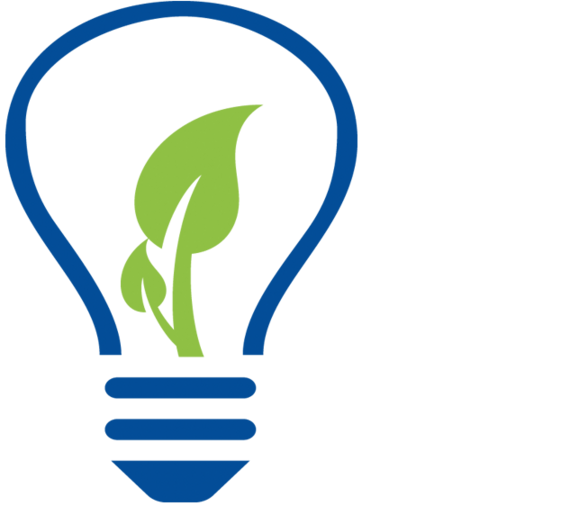Reducing microplastics in our waters
Wire mesh stops microplastics before they reach wastewater treatment plants
The environmental damage caused by microplastic emissions is well documented. Microplastics are formed in various ways, including the use and wear of plastic products. That said, eliminating plastic use entirely, whether in private households or industrial operations, is not currently feasible.
That’s why it’s so important to understand how microplastics enter the water system in the first place. Since wastewater treatment plants can’t capture all microplastic particles, many still make their way into the environment.
The best approach? Stop them early.
By using ultra-fine wire mesh filters at the source, microplastics can be intercepted before they ever enter the water cycle, reducing their environmental impact and lowering the burden on downstream treatment processes.
Types of microplastics and their origin
Less microplastic through efficient filters
Engineers and plant designers must develop filtration solutions for municipal wastewater treatment plants. The goal is to remove nearly all microplastic particles from wastewater.
But just as important is the early implementation of barriers that filter these particles before they enter the wastewater stream.
Microplastics from textiles
Textile products are a major source of microplastic pollution. A single household laundry cycle can release up to 700,000 microplastic fibers into wastewater.[2]
Fine-mesh filters integrated into washing machines can capture the majority of these fibers. These systems often include large-surface sieve plates where ultra-fine wire mesh is bonded to a support grid for added durability. The smooth mesh surface prevents fiber buildup, and with excellent backwash capabilities, these filters also offer long service life and reliability.
Microplastics from tire abrasion
Tire wear during braking, cornering, and accelerating produces microplastics that are carried by wind, erosion, and rainwater runoff into local water systems. Ideally, this contaminated runoff should be filtered before it enters storm drains. Decentralized systems can help.
Examples include roadside drains equipped with cleaning and filtration functions to capture microplastics from stormwater.
Wire mesh plays a key role by retaining coarse debris like stones, leaves, and gravel. When combined with a substrate for capturing fine particles, the mesh also serves as a protective barrier.
Unfortunately, not all rainwater passes through these drains. A significant and largely unmeasured portion seeps into the ground, allowing microplastics to bypass filtration and enter wastewater treatment systems unnoticed.
Efficient wastewater treatment in municipal wastewater treatment plants
The mesh type should match the particle size you want to remove. For particles as small as 5 µm, filter mesh is ideal. For coarser separation, square or rectangular mesh may be more appropriate.
Sources (November 2022):
[1] cf. Ecologic Institut gemeinnützige GmbH: "Kernbotschaften" (Key messages), focus of BMBF research "Plastik in der Umwelt" (Plastics in the environment), July 2022, page 16
[2] cf. Greenpeace: "Mikrofasern aus Kleidungsstücken belasten die Ozeane" (Microfibres from clothing pollute the oceans), February 2021






































